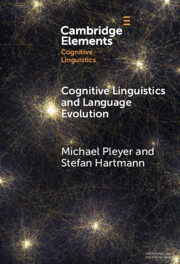Children’s early grammatical constructions, e.g., SVO, exhibit a learning curve with cumulative verb types (CVT) increasing exponentially. According to Ninio (2006), the fact that learning curves, though nonlinear, can be modelled by a continuous regression suggests instant generalisation. Moreover, differences in initial verbs across children indicate minimal involvement of semantics. This study tested these claims on the Spanish “se” constructions (SSCs) in two children, Juan and Lucía (Aguado-Orea & Pine, 2015). Ninio’s findings were replicated. Nonetheless, exploratory analyses indicated that curves are driven by the temporal distribution of tokens (instances of the SSC irrespective of verb type) and therefore may reflect non-productivity-related mechanisms, e.g., retrieval-based learning. Furthermore, hapax verbs were relatively late to emerge in the children’s data, suggesting emergent generalisation. Analyses of raw lexical frequencies indicated relative semantic homogeneity across the two children’s verb types, suggesting a semantic prototype. Nonetheless, ecological factors may also explain these lexical similarities.


